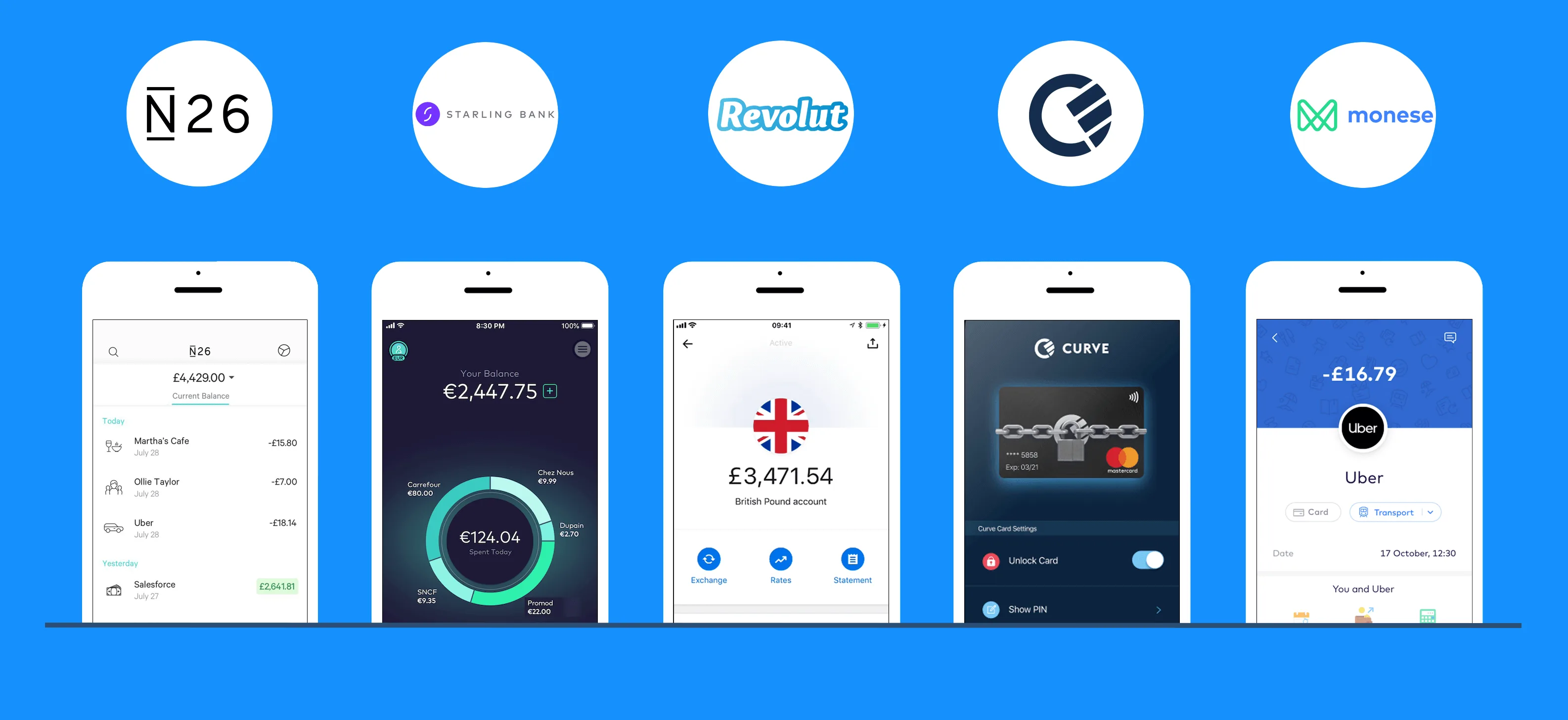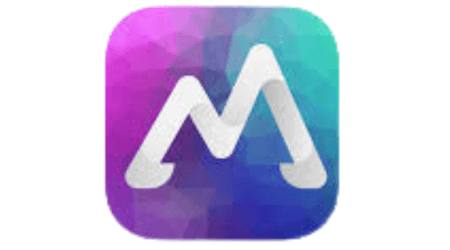Uphold is a digital asset platform with a multi-currency payment card. Their mission is to spotlight and solve some common money challenges from budgeting and saving to travel – and the age-old debate of whether anyone still uses cash anymore.
Mobile banking puts your finances at your fingertips 24/7. There's a host of challenger banks, digital-only banks and personal finance apps available, designed to give you better, faster control of your money.
Compare challenger banks and apps
Finder Score for bank accounts
To make comparing even easier we came up with the Finder Score. Fees, features and customer service across 20+ of the most popular banks are all weighted and scaled to produce a score out of 10. The higher the score the better the account – simple.
Read the full methodologyRead digital banking reviews
We review every digital bank, app and challenger. Our reviews are regularly updated to cover new features and releases.

Latest digital banking news
What is digital banking?
Digital banking is a way to control your money, usually through a smartphone app or web app. It allows you to log into your account anywhere with Internet access, giving you constant visibility of your money and helping you understand the best way to manage it.

Why should I use app-based banking?
There are several advantages to app-based banking:
- Banking access in your pocket
- Many companies offer 24/7 access to banking support
- Instant spending notifications
- Many banking apps offer ways to automatically save money
Another major benefit of app-based banking is the degree to which it has opened up the competition. New Open Banking rules have enabled third-party apps to innovate, drawing on the infrastructure of traditional banks.
Things to know about app-based banking
Here are a few things that you may not know about using your mobile as your main point of contact with your bank:
If you want to share your information, your bank has to agree
Many banking apps are designed to help their customers save. These apps access your current bank accounts and use clever computer programs to analyse your spending and look for ways that you could save money.
Previously, you could ask your bank to give these apps permission to view your banking data and the bank could refuse. Now, as long as the app is properly licensed, your bank must grant access if you agree to it.
Digital banks vs high street banks: Whose customers are more likely to recommend their current account provider to friends/family?
| Response | % of customers that would recommend |
|---|---|
| High-street banks | 89.12% |
| Digital banks | 98.51% |
Different types of app-based banking
App-based banking is different from traditional banking in many ways. Unlike traditional banking, app-based banking covers a much wider definition of “banking”.
Current account apps
As part of the app-based banking innovations, a clear class of banking app has emerged: the challenger bank. Challenger banks are new, fledgling banks that are aiming to take on the big, traditional high street banks and change the way we save and spend money. Challenger banks such as Starling and Monzo are similar to traditional banks in that they offer the full current account experience but with all the added benefits of an app-based bank.
Apps that help you save
One of the most common reasons for people switching away from traditional banks and towards app-based banking is how easy app-based banking makes it for people to save money. Several providers such as Plum and Chip offer automatic savings for customers. Plum’s clever computer program looks at your spending habits and income and identifies how much you can reasonably save each month and then helps you set up a direct debit to your Plum savings account for this same amount.
Prepaid card apps
Another way to use app-based banking to help you save is through the use of prepaid cards. Cards with providers such as Pockit, Zempler and Tuxedo allow you to load specific amounts of money on to your card and even segregate this money into “pots” to spend on different things. This way you don’t have access to too much money all at once and are less likely to fall for those expensive “impulse buys”.
Investment apps
Another popular way to use app-based banking is saving through investments. Apps such as Moneybox allow you to make weekly or one-off deposits to three risk-assessed categories of investments. Several of the app-based banks also allow you to sign up to a “round-ups” feature where your account rounds up your purchases to the nearest pound and uses the change you would have received as an investment.
Traditional banking apps
App-based banking doesn’t only apply to challenger banks or money-saving banking apps; it’s becoming increasingly possible to bank on your smartphone with traditional banks such as Barclays and Natwest, which now offer highly-rated mobile apps where you can control your money.
Read more on Digital Banking
-
Is your money fit to fly?
Uphold is a digital asset platform with a multi-currency payment card. Their mission is to spotlight and solve some common money challenges from budgeting and saving to travel – and the age-old debate of whether anyone still uses cash anymore.
-
Kuda money app review
We take a detailed look at the Kuda money app to see how it works.
-
Snoop app review
The Snoop app promises to help you spend your money in a smarter way and show you how take advantage of the best deals out there.
-
Monzo statistics: Revenue, number of customers and market share
Valued at around £3.7 billion, and having 7.5 million customers, Monzo is a British startup success story.
-
Revolut statistics: Revenue, number of customers and market share
With 30 million customers worldwide and 38.2 million app downloads, Revolut is one of the most successful online banks.
-
Tally Money review
Tally is an innovative banking app that effectively uses gold as a currency. We’ve looked into how it works for you.
-
Best banks and bank accounts for travelling and spending abroad
Planning a trip abroad? Make sure you have a travel money card and app set up and ready to use abroad. Check out our guide to find the best one for you!
-
Plum app review: The AI assistant that helps you save money
Plum’s app uses artificial intelligence to help you set aside money and spend wisely. Our review analyses the money management features on offer.
-
Chip savings app review
The Chip savings app will connect to your current account and stash money away automatically. We cover all you need to know about the innovative app in this review.
-
Atom bank review
Is Atom bank the right challenger bank for you? We explore the app and the features of Atom’s Fixed Saver accounts.


